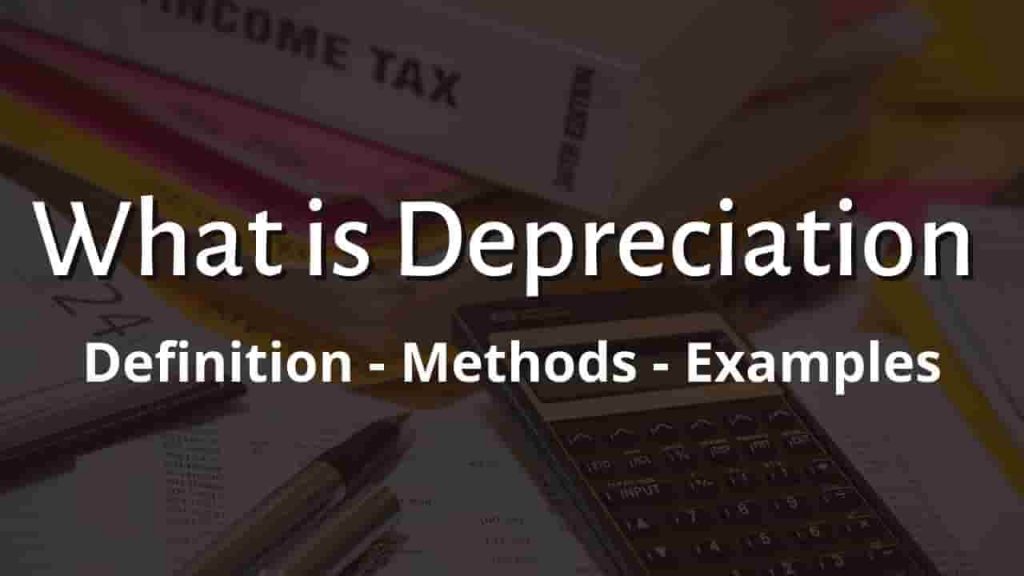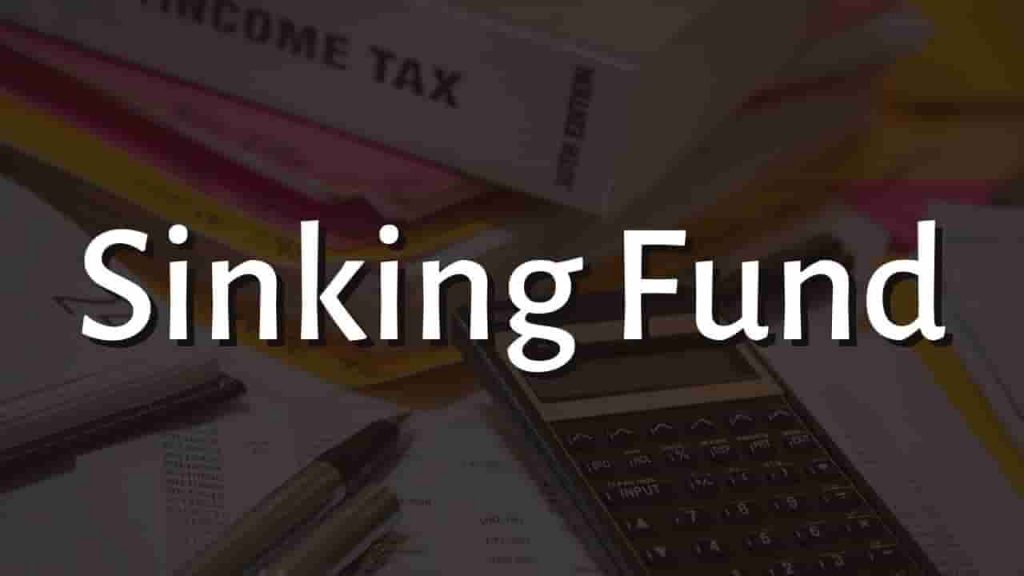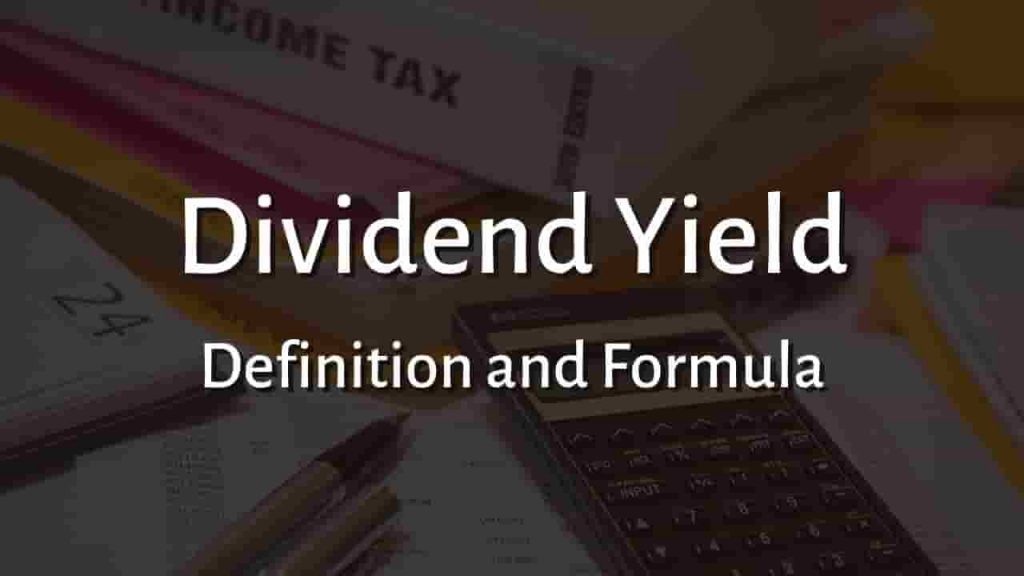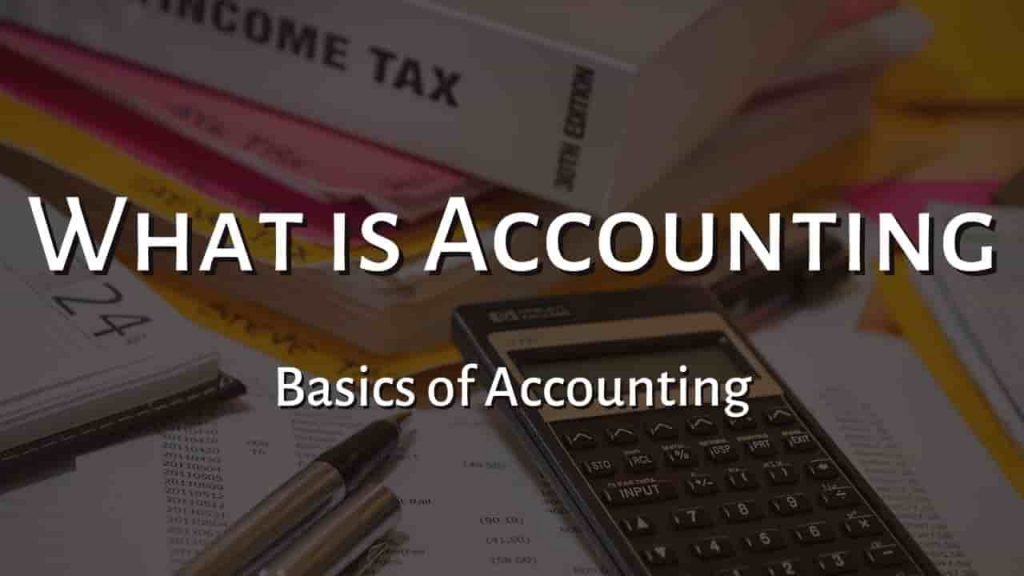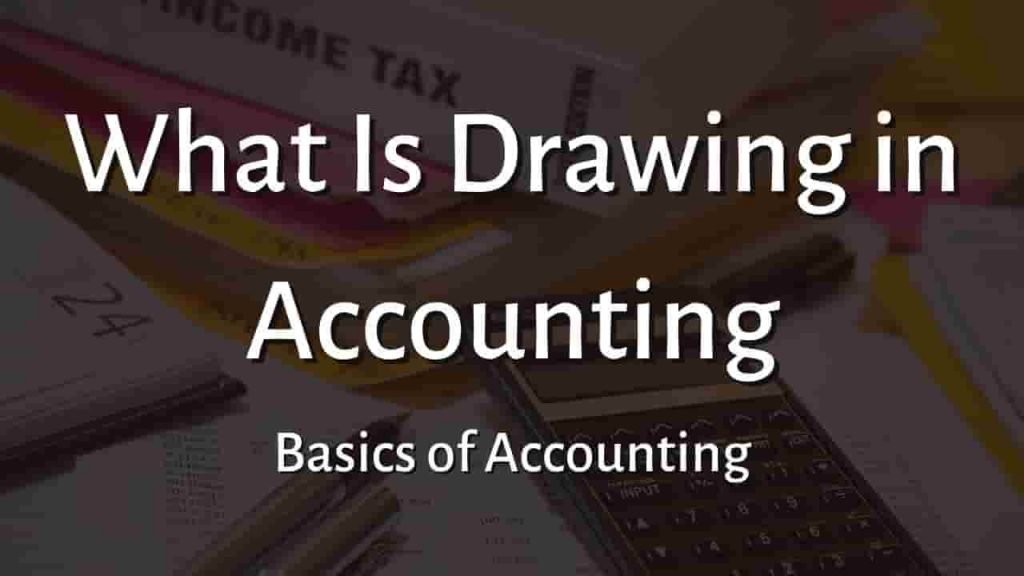What is Depreciation in Accounting
Depreciation is a method of accounting that spreads the cost of a tangible or physical asset over its useful life or expected life. The cost of a fixed asset is charged to the profit and loss account in this procedure.
Fixed assets are assets that:
- that have a lengthy life expectancy
- are employed in the business to produce revenue
- aren’t bought just for the intention of reselling.
The sole exception is land, which cannot be depreciated since its value increases with time. In case, the sum paid for a ‘Leased Asset/Lease Hold Land’ is charged over the term of the lease and is known as Amortization. Depreciable assets are another name for fixed assets.
Understanding Depreciation
When an expense is incurred, it is charged to the profit and loss account for the same accounting period. Fixed assets are assets that are kept for a longer length of time. The question now is how to account for a fixed asset in the profit and loss statement. The asset’s estimated life is determined for this purpose.
The number of years that a fixed asset is expected to be used efficiently is referred to as its estimated useful life. It is the period of time during which a machine is expected to deliver more value than it costs to operate. The asset’s overall cost is then divided by the expected number of years. The amount is referred to as “depreciation for the year” and is recorded in the profit and loss statement.
In the financial year in which depreciation is charged, the same amount is subtracted from the total cost of the fixed asset. The net sum (after depreciation) is referred to as ‘Written down Value.’
Written down Value = Original cost of fixed asset – Accumulated Depreciation
Accumulated Depreciation is the amount of depreciation that has been charged on a certain asset from the time it was purchased until now. From the year of purchase to the current year, this is the sum that has been charged to the profit and loss account. Accumulated depreciation refers to depreciation accumulated over the year.
Useful Life
- The time span during which a machine is anticipated to function efficiently is referred to as its useful life or economic life.
- It is the period of time during which a machine is expected to deliver more value than it costs to operate.
Journal entries for recording Depreciation
Purchased fixed asset
Relevant asset account (Debit)
Cash, Bank or payable account (Credit)
The following two heads of accounting are used to record depreciation:
- Depreciation Expense Account
- Accumulated Depreciation Account
The current year’s depreciation is recorded in the depreciation expense account. The depreciation of the asset from the financial year in which it was purchased to the current financial year is included in accumulated depreciation. This account accumulates depreciation for the years in which the asset was used.To put it another way, this account indicates the asset’s cost of use up to the current year.
Under the title of Administrative Expenses, the depreciation account is charged to the profit and loss account.
Fixed assets are shown on the balance sheet at their written down value that is:
Written down Value = Original cost of fixed asset – Accumulated Depreciation
Journal entry for the depreciation is given below:
| Date | Particular | L/F | Debit | Credit |
| xxx | Depreciation Expenses Account | xxx | ||
| Accumulated Depreciation Account | xxx | |||
| To record accumulated depreciation |
Types of Depreciation Methods
Although there are numerous ways to depreciate assets for your books or financial statements, the IRS only permits you to depreciate items on your tax return using one technique. As a consequence, some small firms employ one technique for their books and another for taxes, while others choose the tax method of depreciation for their books.
When it comes to depreciating a fixed asset such as property, plant, and equipment, each firm may define its own thresholds. For Example If a firm buys a delivery vehicle for Rs. 100,000 and expects to use it for 5 years, the company may depreciate the asset at a rate of Rs. 20,000 per year for 5 years.The following are the most common depreciation methods:
1.Straight-line
2. Reducing Balance / Declining Balance Method
3. Units of production
4. Sum of years digits
Straight line Depreciation method
A formula is used to determine a set amount in this approach. Regardless of the asset’s written-down value, that fixed sum is charged every year. The following is the formula for computing depreciation:
Depreciation: (cost – residual value) / the asset’s expected useful life.
The cost of an item after its useful life has expired is known as residual value.
For Example:
Cost of an asset: 120,000
Residual value: Rs. 20,000
Expected life: Rs. 5 years
Solution:
Depreciation = (120,000 – 20,000) ÷ 5
= 20,000
| Particular | Depreciation | Accumulated depreciation |
| Depreciable cost | 120,000 | |
| Depreciation of 1st year | (20,000) | 80,000 |
| Depreciation of 2nd year | (20,000) | 60,000 |
| Depreciation of 3rd year | (20,000) | 40,000 |
| Depreciation of 4th year | (20,000) | 20,000 |
| Depreciation of 5th year | (20,000) | 0 |
Reducing Balance / Declining Balance Depreciation Method
Depreciation is determined using this approach on the written-down value. Depreciation is determined on the basis of cost in the first year. The written down value is then computed by subtracting accumulated depreciation from the asset’s cost (cost – accumulated depreciation), and depreciation is charged to that value.The asset’s value will never be zero using this approach. Consider the following example:
| Particular | Depreciation | Accumulated Depreciation | Written down value |
| Depreciable cost | 100,000 | ||
| Depreciation of the 1st year (100000 x 20%) | 20,000 | 20,000 | 80,000 |
| Depreciation of the 2nd year (100000 x 20%) | 16000 | 36000 | 64000 |
| Depreciation of the 3rd year (100000 x 20%) | 12,800 | 48,800 | 51, 200 |
| Depreciation of the 4th year (100000 x 20%) | 10,240 | 59,040 | 40,960 |
| Depreciation of the 5th year (100000 x 20%) | 8,192 | 67, 232 | 32,768 |
As you can see, the asset’s WDV at the end of five years is Rs. 32,768, not zero. However, in the case of the straight line method, the WDV was zero after five years. Some individuals believe that the reducing balance method is superior to the straight line method, although both are effective. It is up to the management to decide which technique is best for their company.
Unit of Production Depreciation Method
This method requires a prediction of how many total units an asset will create throughout the span of its useful life. The annual depreciation expenditure is then computed depending on the number of units manufactured. Depreciation expenditures are also calculated using this method based on the depreciable amount.
Sum of the Year’s Digits Depreciation Method
One of the accelerated depreciation methods is the sum-of-the-years-digits method. Early in the asset’s useful life, a greater expenditure is incurred, and later in the asset’s useful life, a lower expense is incurred.
The remaining life of an asset is divided by the sum of the years and then multiplied by the depreciating base to determine the depreciation expense in the sum-of-the-years digits depreciation method. The following is the formula for computing depreciation:
Depreciation Expense = (Remaining life ÷ Sum of the year’s digits) x (Cost of asset – Salvage value)
For more click here and if you are looking for full forms of different acronyms and words then check out this list you really gonna find this helpful. We also have an Essay on every topic, Check the complete list here. If you are Studying in Matric Free Video Lectures of Maths, Physics and English are here, and we have got you covered for I.COM Business Maths also.

